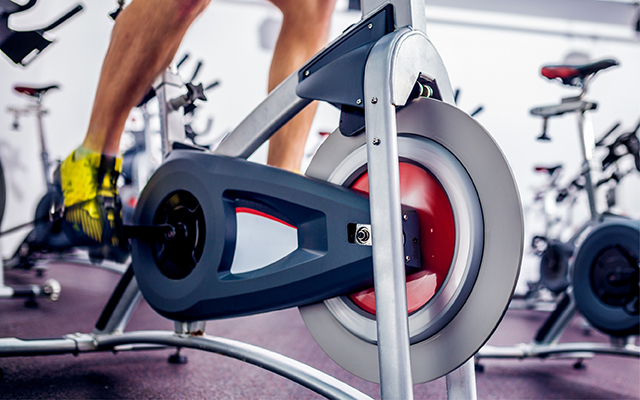Like a lot of geezers, my favorite day to work out is tomorrow. But when tomorrow comes, I often skip the gym because my knees hurt, or some work deadline is looming, or the sun is shining, or maybe it’s raining. Besides, there may not be any lockers available, as I’ve heard it’s everybody’s favorite workout day. Any of these factors may combine to convince me to reschedule my workout — for tomorrow.
This is not a recipe for successful aging. We need to exercise regularly as we travel through middle age; and it becomes even more important once we’re settled in Geezerville. At a certain age, the body begins to break down at a cellular level, leading to any number of chronic diseases and general infirmity. But, as recent research has shown, a solid fitness regimen — even when embraced at an advanced age — can keep your body and brain operating at a surprisingly high level.
Not all workouts are created equal, though. So, when I go to the gym tomorrow and climb on the Elliptical Death Machine for 20 minutes of questionable invigoration, will I be making the most of my fitness commitment or just striding mindlessly toward oblivion?
I’ve seen research showing that a single 20-minute session of moderate exercise is enough to suppress inflammation; other studies recommend moderately vigorous workouts to improve cognitive function and lower the risk of cancer. More recently, though, Mayo Clinic researchers released findings that suggest such leisurely pursuits don’t quite do the trick.
As Gretchen Reynolds reports in the New York Times, the Mayo study found that high-intensity aerobic exercise can actually rebuild aging mitochondria in muscle cells, which leads to the manufacture of new proteins — essentially reversing the cellular-aging process. The impact was more pronounced than in groups of study participants that focused on resistance training or moderate aerobic exercise. And the regimen benefited geezers even more than youngsters.
“Among the younger subjects who went through interval training, the activity levels had changed in 274 genes, compared with 170 genes for those who exercised more moderately and 74 for the weight lifters,” Reynolds notes. “Among the older cohort, almost 400 genes were working differently now, compared with 33 for the weight lifters and only 19 for the moderate exercises.”
High-intensity interval training can take many forms, all of which induce profuse amounts of perspiration. I’ve even practiced it while pedaling a stationary bike at the gym: a minute at top RPMs, 30 seconds of rest, another minute going all out, 30 seconds to recover — repeat until exhausted. If cardiac arrest does not ensue, it’s a much more productive workout than anything I’ve experienced on the mind-numbing EDM.
I’m guessing my ancient mitochondria wouldn’t mind a little freshening up, so I think I’ll climb on the stationary bike and go all out next time I hit the gym, which should be tomorrow.

This Post Has 0 Comments